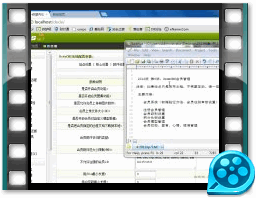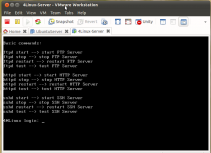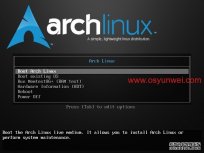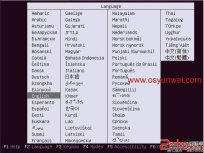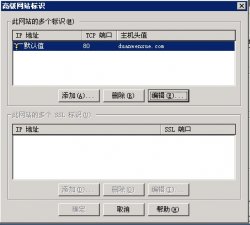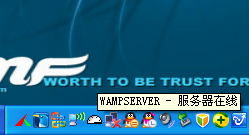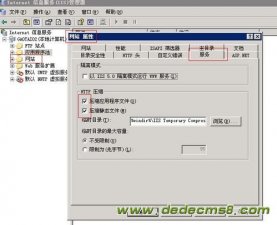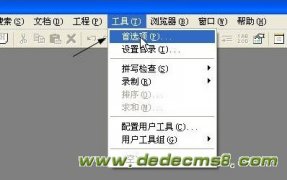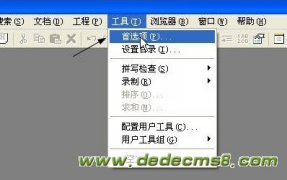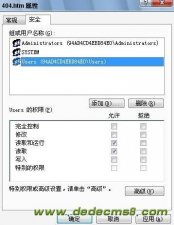// | This source file is subject to version 2.0 of the PHP license, |
// | that is bundled with this package in the file LICENSE, and is |
// | available at through the world-wide-web at |
// | http://www.php.net/license/2_02.txt. |
// | If you did not receive a copy of the PHP license and are unable to |
// | obtain it through the world-wide-web, please send a note to |
// | license@php.net so we can mail you a copy immediately. |
// +----------------------------------------------------------------------+
// | Authors: Original Author |
// | Your Name |
// +----------------------------------------------------------------------+
//
// $Id$
对于不在PEAR核心代码库中的文件,建议你也在文件的开始处有这样一个类似的注释块,标明版权,协议,作者等等。同时也在第一行加入VIM的MODELINE,这样在VIM中能够保持PEAR的代码风格。
CVS标记:
如上面所展示那样,在每个文件中加入CVS的ID标记,如果你编辑或修改的文件中没有这个标记,那么请加入,或者是替换原文件中相类似的表现形式(如"Last modified"等等)
URL样本:
你可以参照RFC 2606,使用"www.example.com"作为所有的URL样本。
常量命名:
常量应该尽量使用大写,为了便于理解,使用下划线分割每个单词。同时,你应该常量所在的包名或者是类名作为前缀。比如,对于Bug类中常量应该以Bug_开始。以上是PEAR的编码规则,详细的编码规则可以参考PEAR中的CODING_STANDDARD文件的说明。为了更好地理解这些编码规则,你也可以参考一下现有PEAR核心模块的代码。
pear实例
|
<?php // 引入合适的PEAR类
require_once("DB.php");
$dsn = array(
''phptype'' => ''mysql'',
''hostspec'' => ''localhost'',
''database'' => ''test_db'',
''username'' => ''test_user'',
''password'' => ''test_password''
);
$dbh = DB::connect($dsn);
$stmt = "SELECT id, name FROM examples ORDER BY id";
$result = $dbh->simpleQuery($stmt, DB_FETCHMODE_ASSOC);
if ($dbh->numRows($result) > 0) {
$data = (object) $dbh->fetchRow($result, DB_FETCHMODE_ASSOC);
echo "id => $data->id<br>\n";
echo "name => $data->name<br>\n";
}
?>
|
这是一个简单的例子,显示了使用象PEAR::DB之类的抽象库编程是什么样子。


